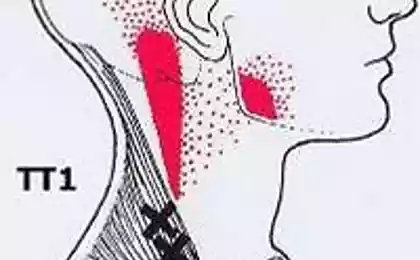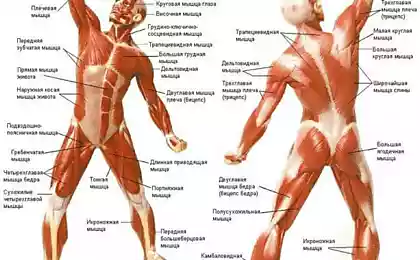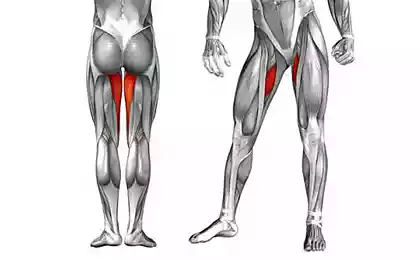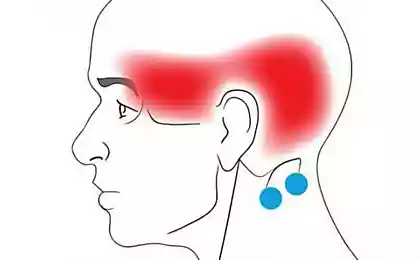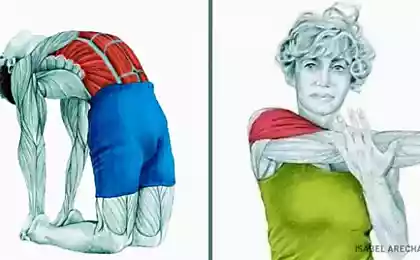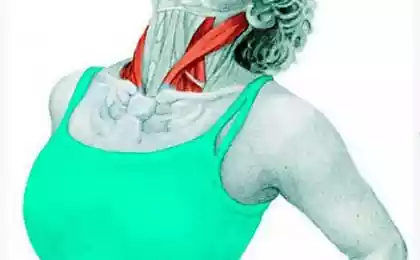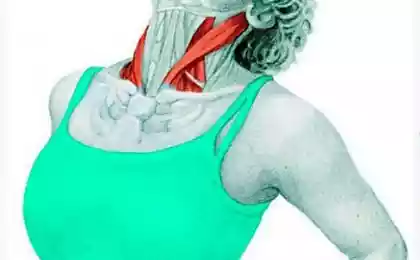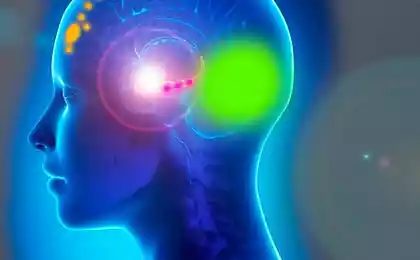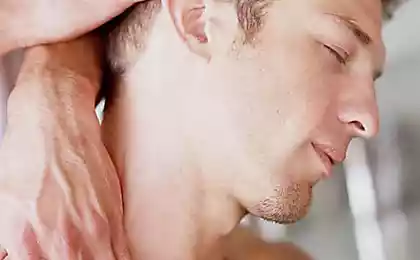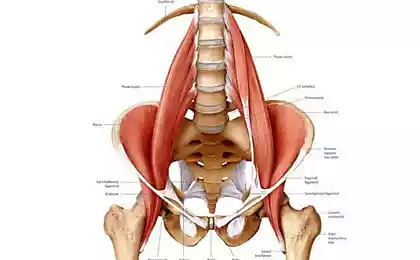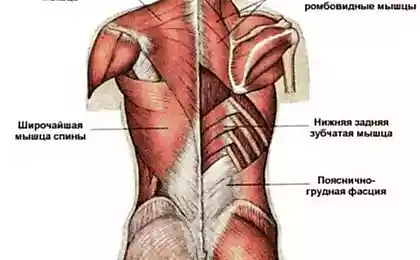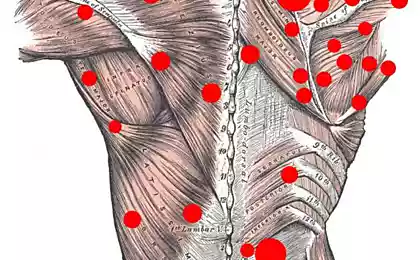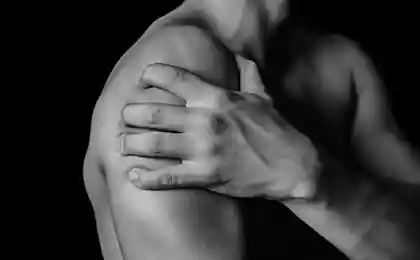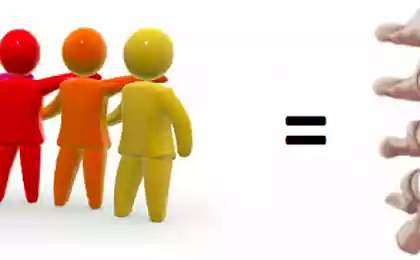255
Trigger points: causes of occurrence
The starting mechanism of painful muscle compaction is prolonged static (isometric) work of minimal intensity, causing a complex restructuring in the functional activity of the corresponding neuromotor system.
First of all, this is a spatial deformation of the working muscle. The thickest, strongest part of the muscle stretches the least thin and weak. At the same time, reserve capabilities, especially with short-term pauses, do not have time to provide the initial physiological parameters of the motor substrate.
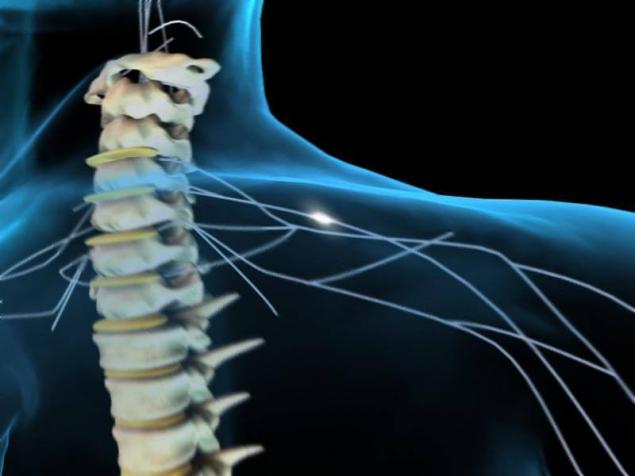
Residual tension - the formed spatial deformation of the weak part of the muscle - is retained. As static work continues in this mode, this deformation increases due to the summation of the coming changes.
Joining local disorders of secondary dysfunction of spinal-segmental structures completes the formation of a vicious circle.
Very often it is difficult to unambiguously establish the cause of the development of a particular trigger point, because Its occurrence may depend on a number of reasons:
So, often patients with lumbar pain, the onset of the disease is associated with psycho-emotional factors. This does not mean that the latter by themselves are capable of causing acute functional blockade of the vertebral motor segment or acute development of myofascial syndrome, however, as a trigger, they can activate existing latent trigger points.
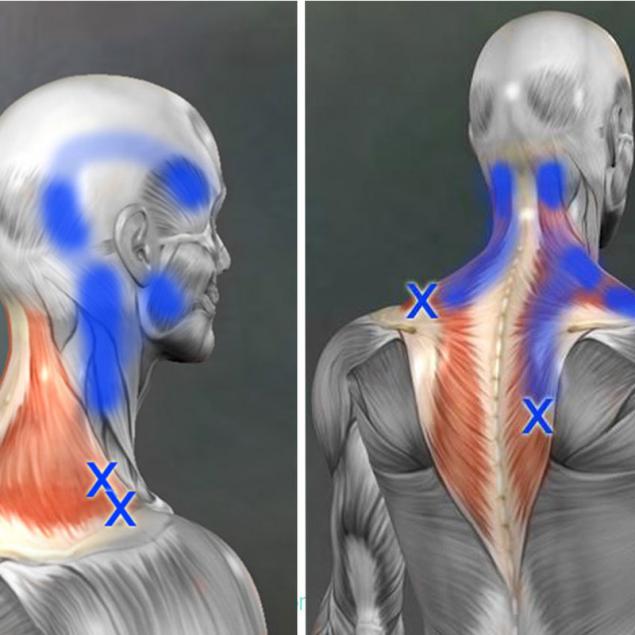
Mechanical loads that cause acute development of myofascial trigger points are:
In most cases, the myofascial trigger points caused by such injuries are easily inactivated by adequate measures immediately after the injury has been healed. Untreated trigger points can persist for years.
We can highlight risk groups for myoskeletal pain.
Also interesting: Determination of trigger points on the body
Myofascial meridians
Source: vk.com/wall-23903469?w=wall-23903469_2763
First of all, this is a spatial deformation of the working muscle. The thickest, strongest part of the muscle stretches the least thin and weak. At the same time, reserve capabilities, especially with short-term pauses, do not have time to provide the initial physiological parameters of the motor substrate.

Residual tension - the formed spatial deformation of the weak part of the muscle - is retained. As static work continues in this mode, this deformation increases due to the summation of the coming changes.
Joining local disorders of secondary dysfunction of spinal-segmental structures completes the formation of a vicious circle.
Very often it is difficult to unambiguously establish the cause of the development of a particular trigger point, because Its occurrence may depend on a number of reasons:
- pathology of the internal organ (reflex defiance of certain muscle groups),
- overstraining of muscles, for example, elliptical trainers with improper use can lead to pain syndrome,
- lesions of the spine (functional blockade of the vertebral motor segment, organic changes),
- disturbed locomotor pattern (scoliosis, kyphosis, etc.).
- hypothermia,
- work in an uncomfortable position,
- trauma.
So, often patients with lumbar pain, the onset of the disease is associated with psycho-emotional factors. This does not mean that the latter by themselves are capable of causing acute functional blockade of the vertebral motor segment or acute development of myofascial syndrome, however, as a trigger, they can activate existing latent trigger points.

Mechanical loads that cause acute development of myofascial trigger points are:
- A variety of twisting movements,
- sprains in the joints,
- sprains,
- Muscle injuries.
In most cases, the myofascial trigger points caused by such injuries are easily inactivated by adequate measures immediately after the injury has been healed. Untreated trigger points can persist for years.
We can highlight risk groups for myoskeletal pain.
- First, These are people who, by the nature of work, are forced to maintain a similar, often uncomfortable position during working hours - computer operators, hairdressers, transport drivers, dentists, surgeons, etc.
- Secondly, These are people with a disturbed motor pattern who have overstrain of various muscle groups. This group should include patients suffering from any violations of posture and gait. published
Also interesting: Determination of trigger points on the body
Myofascial meridians
Source: vk.com/wall-23903469?w=wall-23903469_2763
